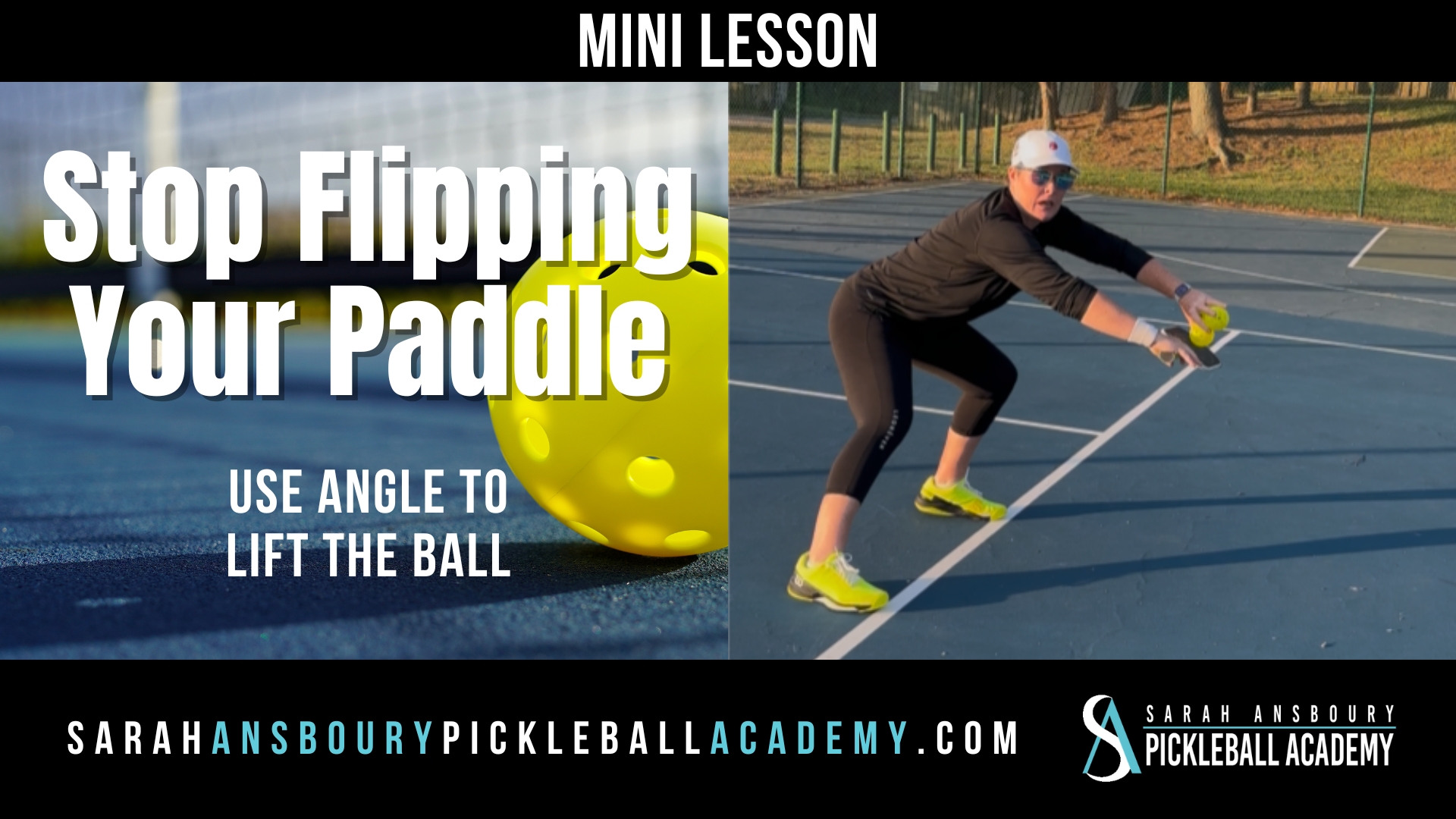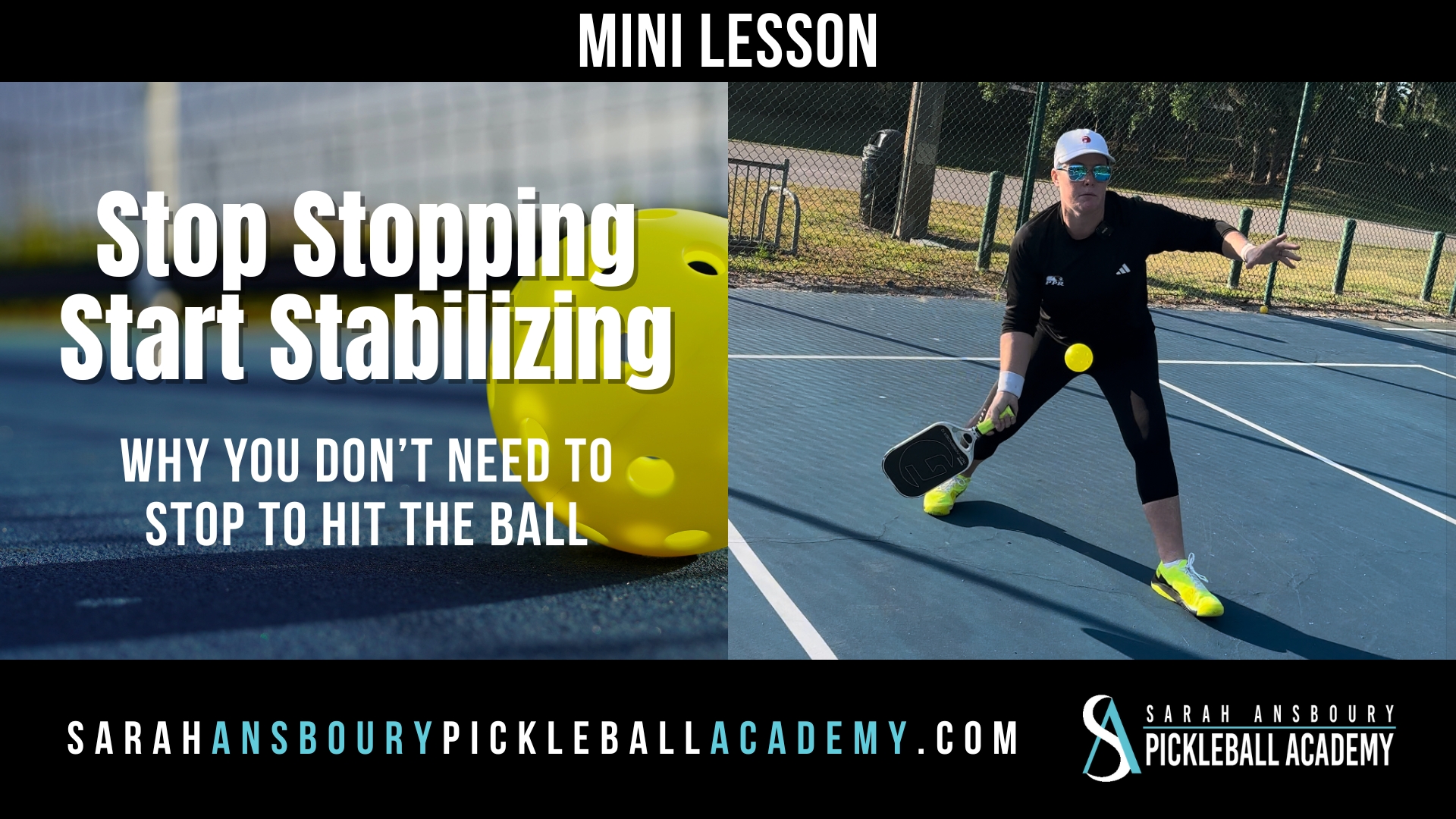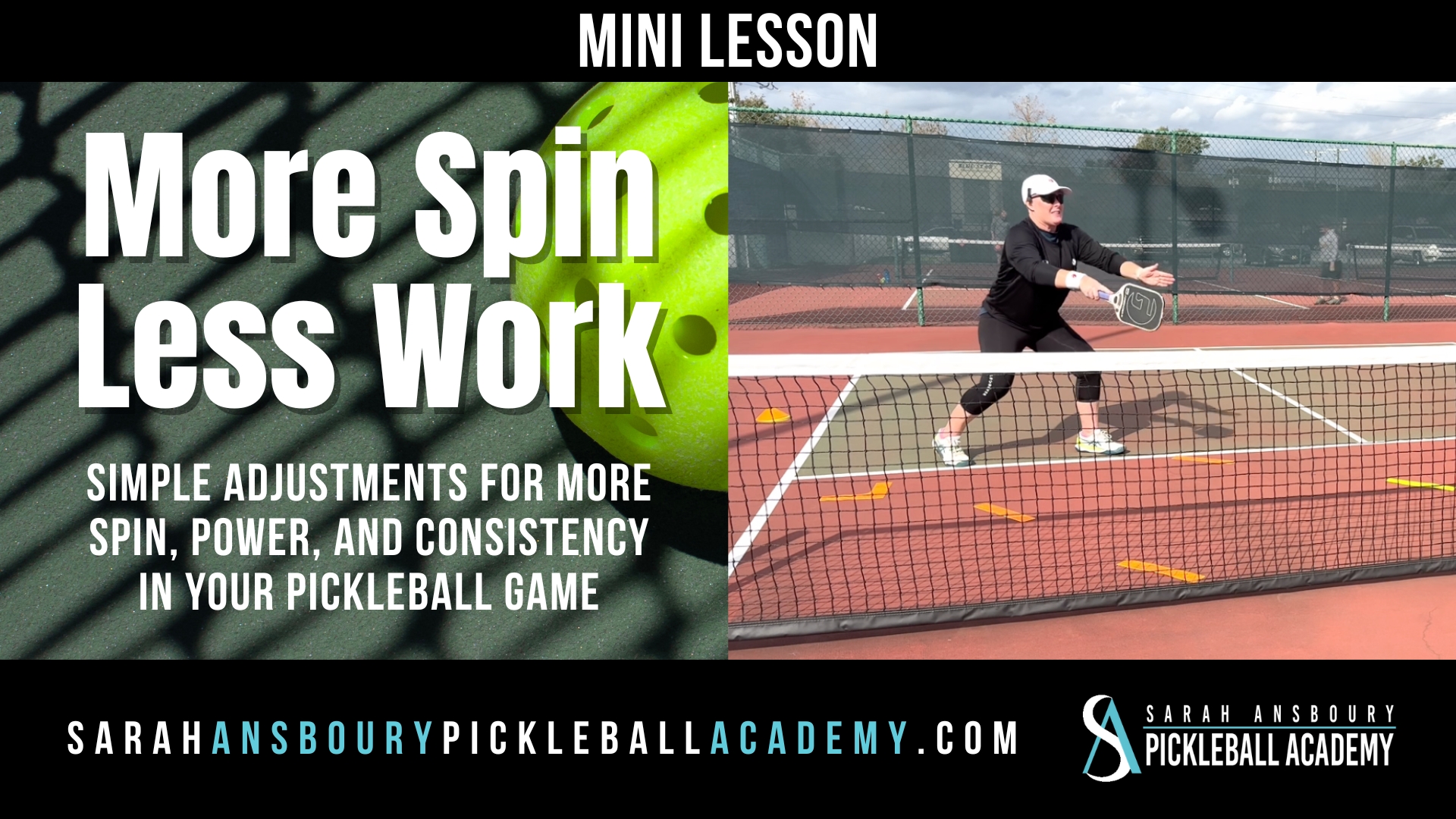Last week we talked about running down a lob safely. Today, we focus on what’s next. What do you do with the pickleball lob return…How do you communicate to your partner…Where you might or might not want to aim.
Pickleball Lobs and Communication
I always say the easiest way to be a doubles player is to be a better doubles partner. Of course, communication is critical to being a good partner. When I am playing with a new partner for the first time, I will try to discuss a number of items with my partner. For example, we will discuss:
- Who should take balls down the middle; or
- The fact that I prefer my partner to move forward as I hit a third shot drop; or
- If one of us is more mobile than the other…who will be responsible for running down a lob.
My preference is to play the forehand (i.e. the left side) court. As such, I am often the person responsible for running down most pickleball lobs. I also will often tell my partner to stay in place, and sometimes will even tell them to “duck”. For me, it is important for the lob retriever to be the primary communicator. What he or she says, goes. I don’t believe there are any absolute rights or wrongs when it comes to whether you should switch. Much of this is just personal preference.
Again, communication is the most important thing. Talking about whether we should stay or switch; and what kind of shot we will hit when in these positions. The more you talk about specific situations you might come across the more comfortable you will feel when something similar happens.
What Shot Should I Hit?
I am also not convinced that there is only one correct shot to hit when you return a pickleball lob.
- If I have the time and can get my body set behind the ball I will likely hit a drop shot. Hitting a soft shot into the non-volley zone gives me time to recapture the NVZ line and effectively resets the point.
- If I see an opening, I might try to drive the ball. But I will likely aim down the middle or crosscourt. Notice in figure 1 below, my partner has switched and if I hit the ball straight in front of me, I have set up the possibility of having the ball hit behind my partner. In figure 2, my partner has not switched…but again if I hit it straight ahead my partner is in line for a direct hit.
- Of course, if I am not in the ideal position or hurried, I may feel my only option is to respond with another lob. There are many times when you can’t go from defense to offense in a single shot. Instead, position yourself for the next shot.
Many people don’t like to play against teams that lob and/or don’t practice running down a lob. Like any other pickleball skill, it is something you need to practice to improve. Work with you partner to find your best way to defend against a pickleball lob.











